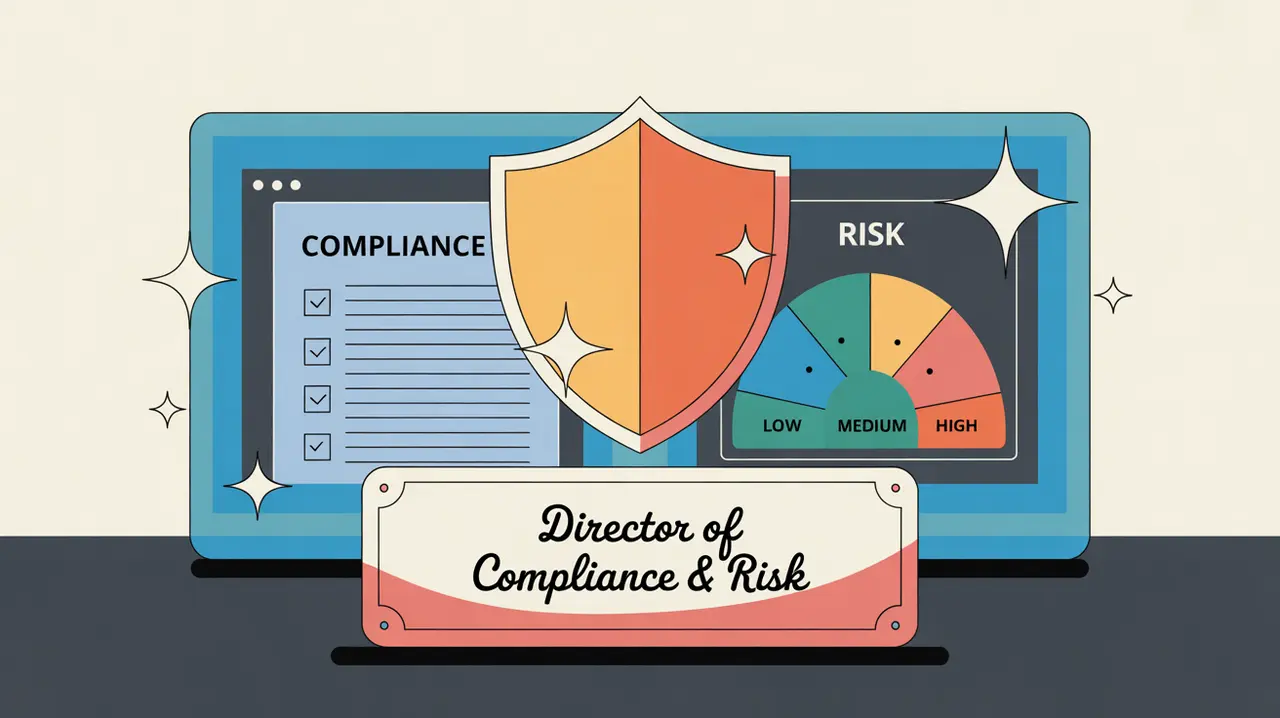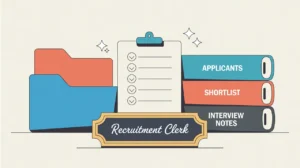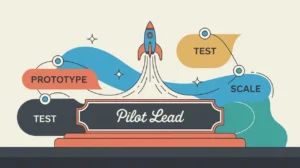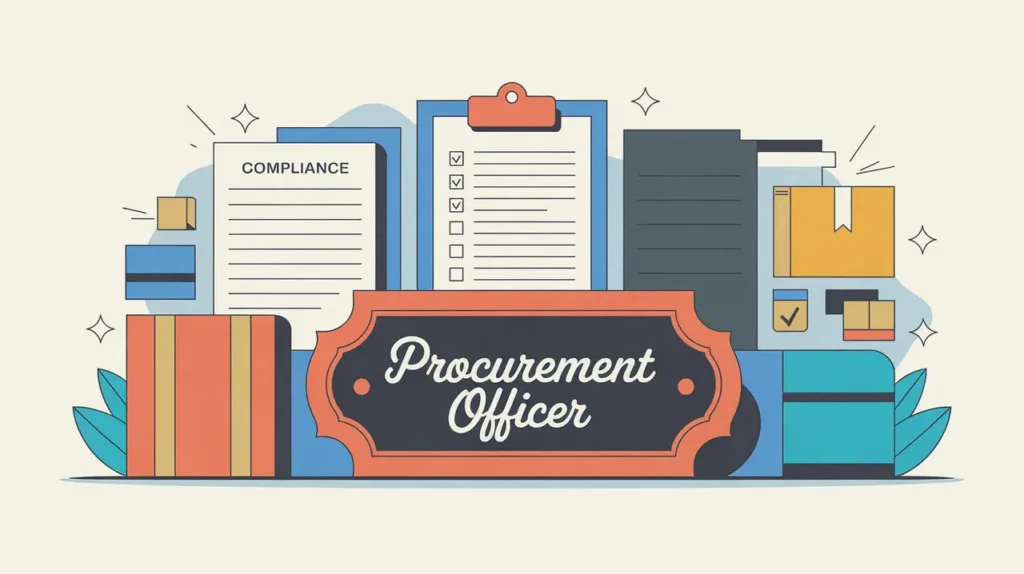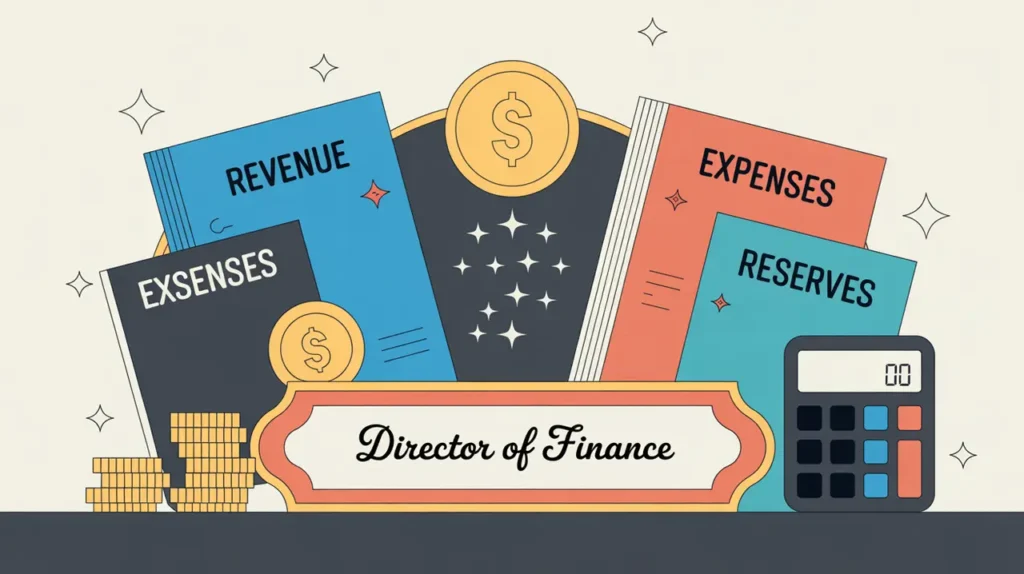What Does the Director of Compliance and Risk Role Involve?
A director of compliance and risk is responsible for developing and leading the organization’s strategy for regulatory compliance, risk management, and governance. This involves establishing policies and procedures to ensure legal and ethical integrity, identifying and mitigating organizational risks, overseeing audits, and supporting leadership in maintaining accountability to stakeholders. The role typically sits within the executive or operations function and works closely with finance, legal, program, and human resources teams. In both nonprofits and social enterprises, directors of compliance and risk play a critical role in safeguarding reputation, ensuring regulatory adherence, and enabling sustainable operations.
At What Level does this Role Operate?
Executive Level: This role typically reports to the chief executive officer, chief operating officer, or board committees. It involves setting organizational policies, managing teams or cross-functional initiatives, and advising leadership and boards on compliance and risk matters.
Relative Employability: Director of compliance and risk roles are in consistent demand across nonprofits, social enterprises, philanthropic organizations, and international NGOs. As accountability standards and regulatory frameworks grow more complex, organizations increasingly require experienced leaders who can navigate compliance landscapes and build robust risk management systems.
Relative Pay Scale: Within nonprofits and social enterprises, director of compliance and risk roles sit in the executive pay bands, reflecting their strategic oversight, cross-organizational influence, and critical role in ensuring operational integrity.
What are the Key Responsibilities and Activities?
- Develop and lead organizational compliance and risk management strategies
- Establish policies and procedures to ensure adherence to legal, regulatory, and ethical standards
- Identify, assess, and monitor organizational risks across operational, financial, programmatic, and reputational dimensions
- Oversee internal audits, external compliance reviews, and corrective action plans
- Advise leadership and boards on risk exposure and mitigation strategies
- Lead training and capacity-building initiatives on compliance and risk for staff and partners
- Collaborate with legal, finance, HR, and program teams to ensure integrated approaches to compliance
- Monitor evolving regulatory landscapes and adjust organizational policies accordingly
- Report regularly to executive leadership and boards on compliance status and risk trends
What Core Competencies and Qualifications are Needed?
Required Qualifications and Experience
The following reflect common qualifications and experience expected for this role, while recognizing that pathways may vary by context, organization, and region.
- Relevant academic background in law, finance, business administration, public administration, or a related field, or equivalent professional experience
- Extensive experience in compliance, risk management, governance, or legal roles
- Strong understanding of regulatory frameworks relevant to the organization’s geography and sector
- Proven ability to design and implement policies, conduct audits, and manage risk mitigation strategies
- Excellent communication and advisory skills for engaging leadership and boards
Key Competencies
- Strategic compliance and risk leadership
- Policy development and implementation
- Risk assessment and mitigation
- Audit management and reporting
- Cross-functional collaboration and stakeholder engagement
- Regulatory analysis and strategic advisory
How are AI and Automation Shaping this Role?
An AI-native director of compliance and risk will look to AI and automation to enhance monitoring, analysis, and reporting processes. They can use AI tools to scan regulatory updates, detect anomalies in financial or operational data, and predict emerging risks based on patterns. Automation can streamline compliance tracking, document management, and audit workflows, enabling directors to focus on strategic risk mitigation and governance. By integrating AI thoughtfully, directors of compliance and risk can increase their organization’s agility and reduce exposure to operational and reputational risks.
What Career Pathways and Transferable Skills are Associated with this Role?
Director of compliance and risk roles can lead to positions such as chief risk officer, chief operating officer, or other senior executive roles. The skills developed in governance, regulatory strategy, risk management, and advisory leadership are highly transferable across nonprofits, social enterprises, governments, multilaterals, and regulated industries. This role provides a strong platform for shaping organizational integrity and strategic resilience at the highest levels.
